By Jeffrey M. Haynes RRT RPFT FAARC
A 45-year-old male serving as a biologic control underwent testing on a Morgan Scientific ComPAS Body Box 5500 system.
Fresh soda lime and calcium sulfate were in place and system calibration verifications were all acceptable.
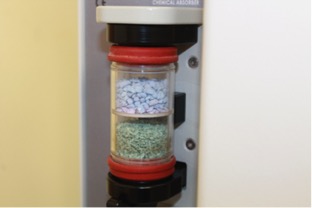
Figure 1. Fresh soda lime (green crystals, CO2 absorbent) and calcium sulfate (blue crystals, absorb water vapor produced by soda lime).
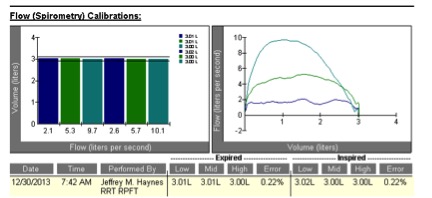
Figure 2. Pneumotach calibration verification: passed

Figure 2. Pneumotach calibration verification: passed
Testing satisfied all ATS/ERS DLCO acceptability (small check marks) and reproducibility (large central check mark) standards. DLCO and alveolar volume (VA) were both in the normal range.
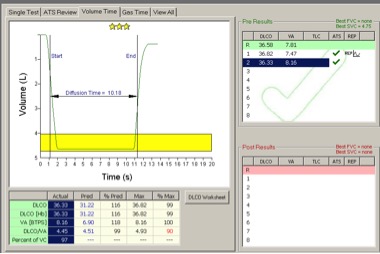
Figure 4. DLCO testing in a biologic control subject.
However, when these values were placed in Levey-Jennings plots for this biologic control subject, both DLCO and VA were found to be out-of-control (see figures 5 and 6).
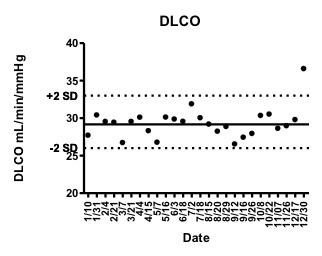
Figure 5. Biologic control DLCO out-of-range on 12/30.
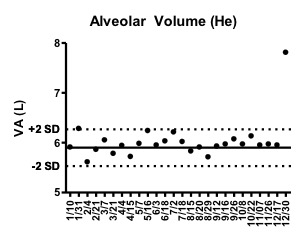
Figure 6. Biologic control VA out-of-range on 12/30
The out-of-range biologic control was caused by a small hole in the expiratory collection bag (see figure 7, green wire inserted to show hole location)

Figure 7. Small hole in the expiratory collection bag.
The Morgan body box system uses plastic inspiratory and expiratory collection bags.
As part of the testing process, the bags are filled and emptied (see figure 8). Over time, the repeated filling and emptying of these bags can create sharp creases, which will eventually result in a leak.
I never see this happen because we change the bags on a regular basis (every 60 days).
Because the gas analyzers are calibrated by a sample from the inspiratory bag only, a hole in the expiratory bag would not be detected by analyzer calibration.
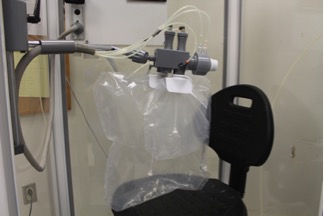
Figure 8. Morgan body box DLCO collection bags.
Teaching Points
- On-going biologic control testing must be performed in all laboratories.
- Biologic control tests can reveal system problems even when calibration verifications are acceptable.
- Preventative maintenance must be a high priority. Keeping a maintenance log and schedules protects patients from the consequences of inaccurate testing.
(This was a contrived case created for teaching purposes, but is certainly represents a realistic scenario, which would be encountered if the gas sample bags are not changed a regular basis. Calibrations and verifications were performed after the hole in the expiratory bag was created)

